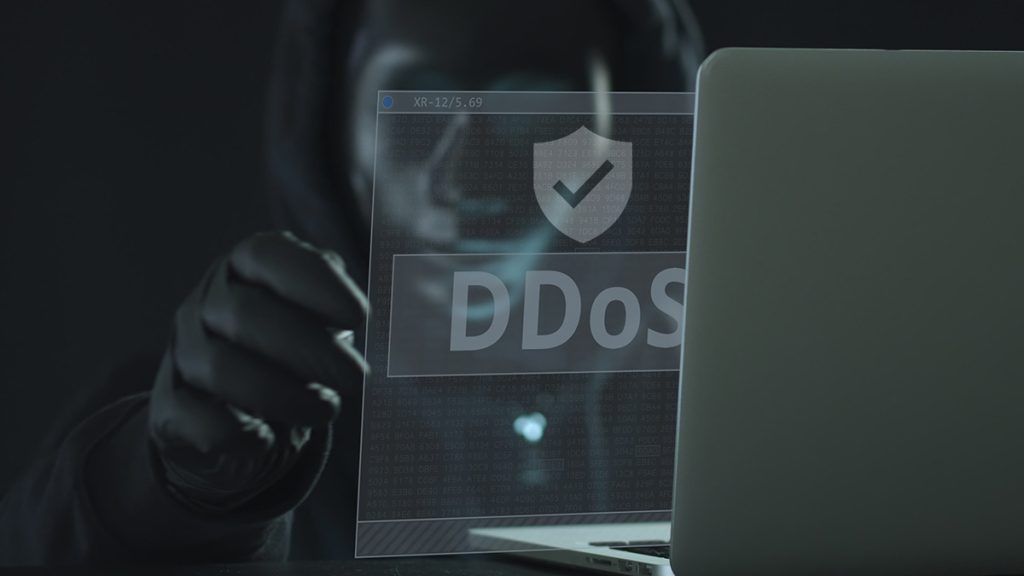
Just imagine that you can no longer access your email or use the internet; this is a small glimpse of the cyber-attacks that telecoms are facing nowadays. The continuous involvement of technology in our daily lives makes distributed denial services (DDoS) attacks something forcibly enacted. No one is immune to the security threats which raised concerns among the data-centric security of the telecommunication industries. These attacks work by overwhelming a network with traffic from multiple sources, effectively shutting it down. This not only causes inconvenience for users but also has a significant financial impact on the telecom industry. So, how do telecom companies protect their data?
Let’s delve into the world of DDoS attacks and explore the measures being taken by the telecom industry to defend against them. From network segmentation to multi-layer security systems, we’ll uncover the creative strategies to ensure communication remains uninterrupted.
The Continuous Battle for Data Protection
The telecommunication industry faces unprecedented security challenges due to the increasing sophistication of cyber-attacks. Telecom companies employ various defense mechanisms to protect their networks and user data security in telecom better to combat this threat.
One key measure being taken is the adoption of network segmentation. This involves dividing the telecom network into smaller parts to reduce the potential impact of a breach. For example, a breach of a single network segment would not compromise the entire network. In addition, segmentation makes it easier for data-centric security teams to monitor network activity and identify potential threats.
Another measure is the implementation of encryption which reduces data security. By encrypting data, telecom companies are making it harder for attackers to access sensitive information. This protects users’ information security, data privacy, and ensures the confidentiality and privacy of communications over the network.
Telecoms are also enhancing their firewalls and intrusion detection systems (IDS) to detect better and prevent attacks. Firewalls are a barrier between a company’s network and the internet, screening out malicious traffic. IDSs help detect threats by analyzing network traffic and alerting security teams to suspicious activity.
Multi-factor authentication (MFA) is another important tool in defense against cyber-attacks. They added more security by making users enter more forms of identification, which made it difficult for attackers to impersonate legitimate users and gain unauthorized access to the network.
In addition to these technical measures, telecom companies are also increasing their focus on cybersecurity awareness and training. So, training employees on the importance of secure password practices, avoiding phishing scams, and reporting suspicious activity. By making employees aware of the potential risks and how to mitigate them, telecom companies are taking a proactive approach to reducing their security risks and enterprise data security solutions.
Staying Ahead in the Cybersecurity Game
Telecommunication companies are implementing privacy-focused policies to protect their customers’ personal data and build trust in the digital ecosystem. With the rise of cloud computing and Internet of Things, the volume of data being generated and stored is growing at an unprecedented rate. This rise has led to an increase in cyber-attack risk, making the fundamentals of data security a top priority for companies and governments.
Additionally, to address these security concerns, companies are employing various future strategies to protect their data-centric security. One such strategy is the implementation of artificial intelligence (AI) and machine learning (ML) technologies. AI and ML algorithms are used to analyze large amounts of data and detect threats. By tracking the response to threats, these technologies can greatly enhance the speed and efficiency of security systems and provide a cloud secure data lifecycle.
Another strategy is the use of blockchain technology. This decentralized ledger system provides a secure data systems and tamper-proof way to store and manage data. By eliminating the need for a central authority, blockchain technology reduces the risk of cyber-attacks and data breaches. In addition, using smart contracts can automate the execution of business processes and improve the transparency and security of data management.
Telecom companies are also investing in threat intelligence and analytics to understand the latest security threats better. By analyzing data from different sources, these systems can identify patterns and indicators of compromise (IOCs) that can be used to prevent future attacks. In addition, threat intelligence can help organizations stay ahead of the curve by providing them with warnings of potential threats.
Final Thoughts
DDoS attacks on telecoms have significant consequences, such as disrupting communication networks and causing financial losses. The increasing frequency and scale of these attacks highlight the importance of improving cybersecurity measures to protect against them.
So far, the measures they are implementing are effective, but if they need to prevent those attacks from happening again, they should try to track their nature. And what I mean by “nature” is getting information about the hacker, so they can do a strategy to hack back, which requires an advanced data-centric security.
Inside Telecom provides you with an extensive list of content covering all aspects of the tech industry. Keep an eye on our Cybersecurity sections to stay informed and up-to-date with our daily articles.